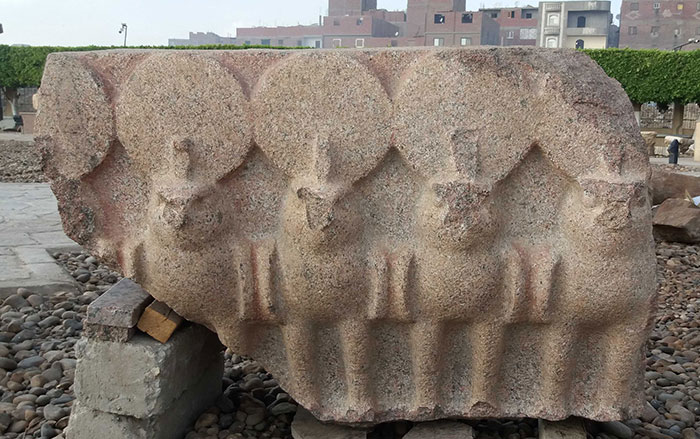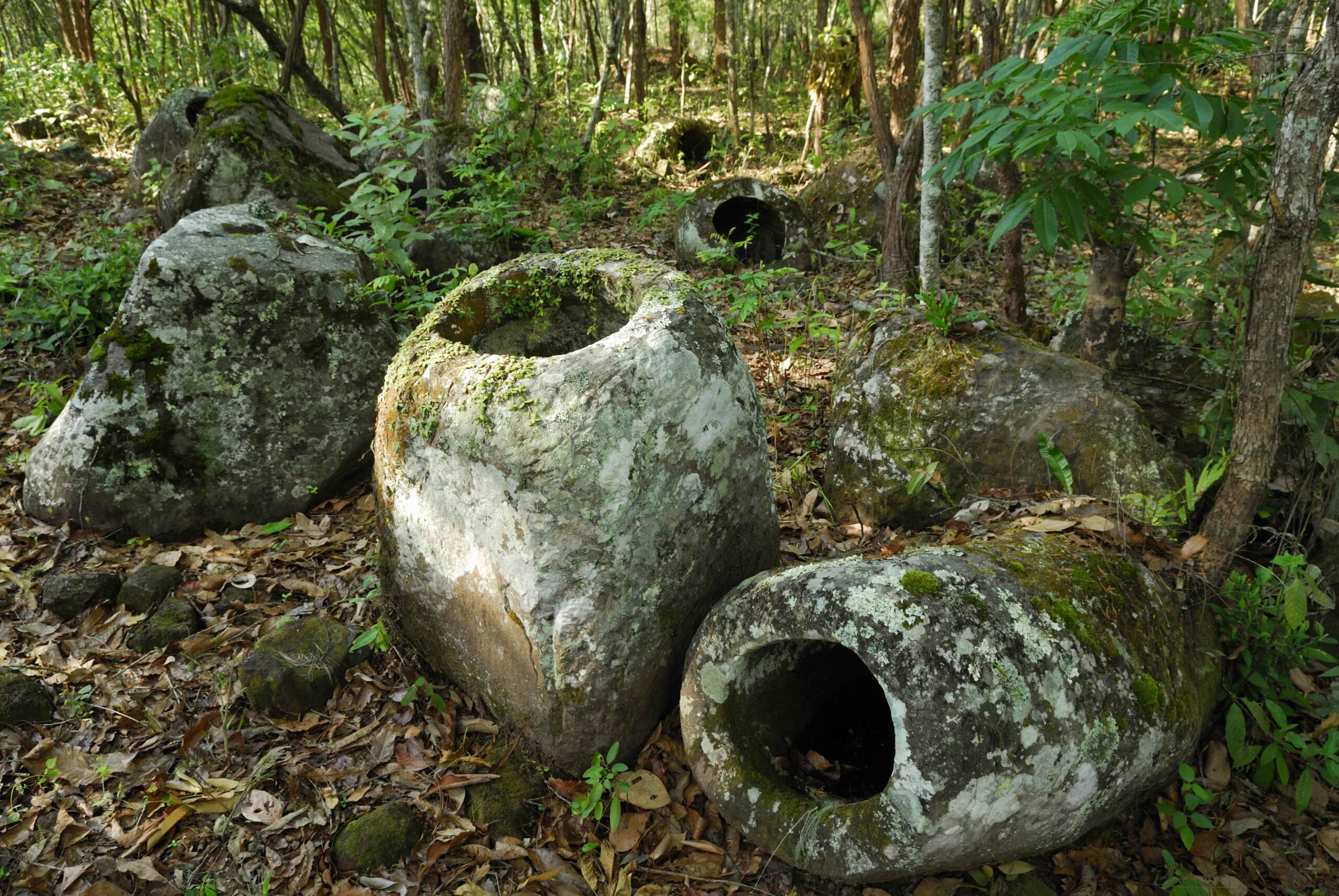
HILDESHEIM, GERMANY—Ahram Online reports that a large building complex is being excavated in the ancient city of Pi-Ramesse, the capital of Egypt during the reign of Ramesses II, by a team of researchers from the Roemer and Pelizaeus Museum. The expansion of the nearby village of Qantir is endangering the 3,000-year-old site, which, according to a magnetic survey conducted last year, measures more than 650 feet long by 500 feet wide. It is thought to have been a palace or a temple with several phases of construction. Children’s footprints were also found near the building, preserved in a mortar pit where smashed pieces of painted wall plaster had been dumped. “No motifs are recognizable so far, but we are certainly dealing with the remains of large-scale multi-colored wall paintings,” said mission director Henning Franzmeier. The team members will attempt to conserve and reconstruct the wall paintings. For more, go to “A Pharaoh’s Last Fleet.”









